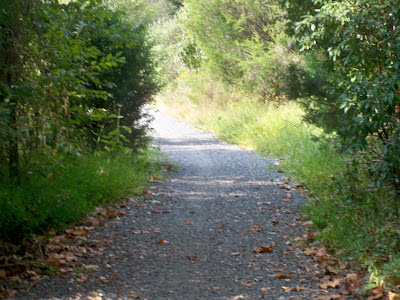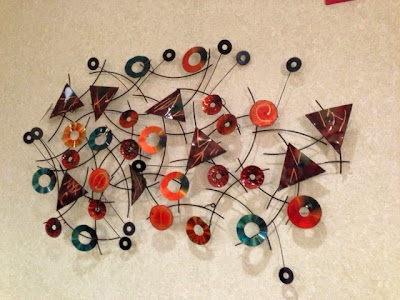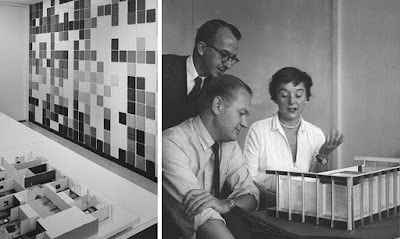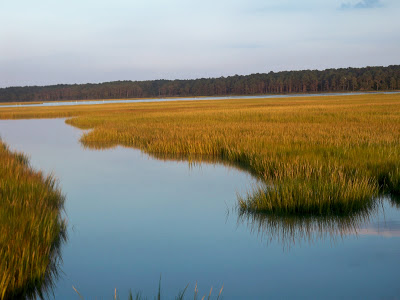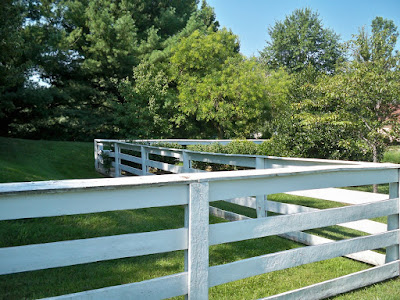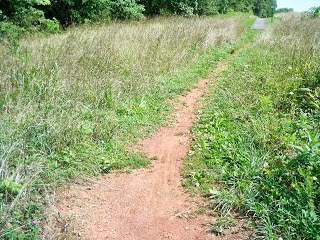Indigenous

As various news stories are reporting, there is no Columbus Day in the District of Columbia this year. Instead, there is Indigenous People’s Day. Rather than weighing in on either side of the matter, I thought I would riff on the word indigenous itself.
It comes from the Latin “indigena,” meaning native, and I like thinking of it that way. That which is original, that which is true. Which can mean the plants that grow or the people who plant and tend them. Indigenous speaks of a connection to the land.
If we think of indigenous as native, though, then are we not all indigenous peoples? Every single one of us? We may hail from the mountains or the prairies, the cities or the small towns. We may have grown up in a house or an apartment or a far-off yurt.
But each of us belongs somewhere. And belonging can unite rather than divide us.
